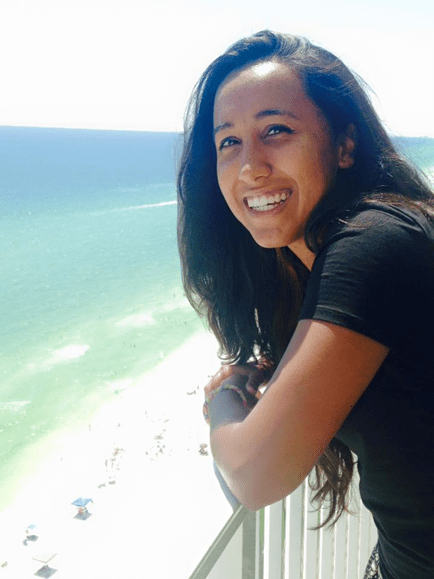I remember sitting down at a traditional Korean restaurant and watching the waitress hand all of my Korean friends chopsticks and then hand a fork to me. That lady didn't know me at all, she didn't know my family history, where I was from — how did she know I wasn't Korean? I know we have barely met, but do me a favor. Scroll down all the way to the bottom and look at the author photo. That's why.
Humans are rather keen at pointing out differences between each other, and rightly so. Back when we lived in tight knit, small agrarian communities that often warred with each other, being able to see who did and didn't belong to your family unit was key to survival. People then banded together more and more, forming all the different cultures, religions, ethnicities and races we see today.
But how did all of these diverse groups of people with different cultures, skin color, and history fill the Earth in the way we see them today? What is the story of human migration?
Enter the out-of-Africa theory. In the 20th century, before the advent of DNA studies, archeologists relied primarily on carbon-14 dating. Carbon-14 is an isotope (that is, it has a different amount of neutrons than the normal carbon) and decays at a predictive rate. Carbon-14 is in all of our bodies and once we die, it starts to decay. The more the isotope has decayed the older the fossil is, and that's how the oldest human ancestor fossils were discovered in Africa.
More modern human ancestors were discovered further from Africa, with the youngest fossils unearthed in the Americas and Australia. From these discoveries, scientists started to predict that all human beings descended from a small group of our ancestors in Africa who later dispersed throughout the globe. However, that was the only proof scientists had for the out-of-Africa theory – until recently.
What is unique about mitochondria is that they have their own DNA that mutates on its own.
In the 1980s, the study of the origin of humanity intensified. With new technology, scientists could analyze the DNA of living human populations. They analyzed a tiny loop of genetic code known as mitochondrial DNA. This DNA is contained within organelles called mitochondria that are found in our cells and provide energy to function. What is unique about mitochondria is that they have their own DNA that mutates on its own. The mutations build up and are passed down the maternal line, creating branches and lineages. Mothers will pass down different kinds of mutations and then their daughters will pass those down.
This way, scientists can track the mutations back through family trees and find common ancestors. It later turned out that these mutations occurred at a steady rate, so the more mutations found in your mitochondrial DNA, the “younger†it was, and the further your ancestors probably migrated from Africa.
In 1987, scientists announced that they had found modern human's common ancestor: an African woman later dubbed “Eveâ€. All humans alive today can trace back their DNA sequence back to this one woman who lived 200,000 years ago. The out-of-Africa theory now had the support of DNA evidence. Scientists now had the ability to map the frequency of mutations in mitochondrial DNA to create a picture of where our ancestors moved over generations.
Now, this story of human migration is made visible to us, starting from a small group in east Africa and leading all the way to where we are now in the relatively recently settled Americas. Our ancestors spread out through Africa, travelled through the Middle East, Europe, and Asia. At one point, they crossed the sea to Australia and New Zealand and then crossed the Bering Strait, settling North and South America. Thanks to globalization today, there is still further migration, further mixing of peoples, and more mutations. Our genes are not stagnant — they are a constantly changing, dynamic part of humanity.
Tracing back your lineage is easier than ever thanks to the Genographic Project. Go check out your migration story. The journey from Africa was a long one for your ancestors — you'd be surprised where you came from.
About the Author
 Ana Mandujano is an undergraduate student in the School of Public and International Affairs studying International Relations and pre-medicine. When she's not studying for organic chemistry and strategic intelligence, she's a Spanish interpreter for Mercy Clinic and ruining movies for everyone by pointing out historical inaccuracies. More from Ana Mandujano! Ana Mandujano is an undergraduate student in the School of Public and International Affairs studying International Relations and pre-medicine. When she's not studying for organic chemistry and strategic intelligence, she's a Spanish interpreter for Mercy Clinic and ruining movies for everyone by pointing out historical inaccuracies. More from Ana Mandujano! |
About the Author
- athenssciencecafehttps://athensscienceobserver.com/author/athenssciencecafe/April 17, 2020
- athenssciencecafehttps://athensscienceobserver.com/author/athenssciencecafe/April 12, 2020
- athenssciencecafehttps://athensscienceobserver.com/author/athenssciencecafe/April 3, 2020
- athenssciencecafehttps://athensscienceobserver.com/author/athenssciencecafe/March 30, 2020







